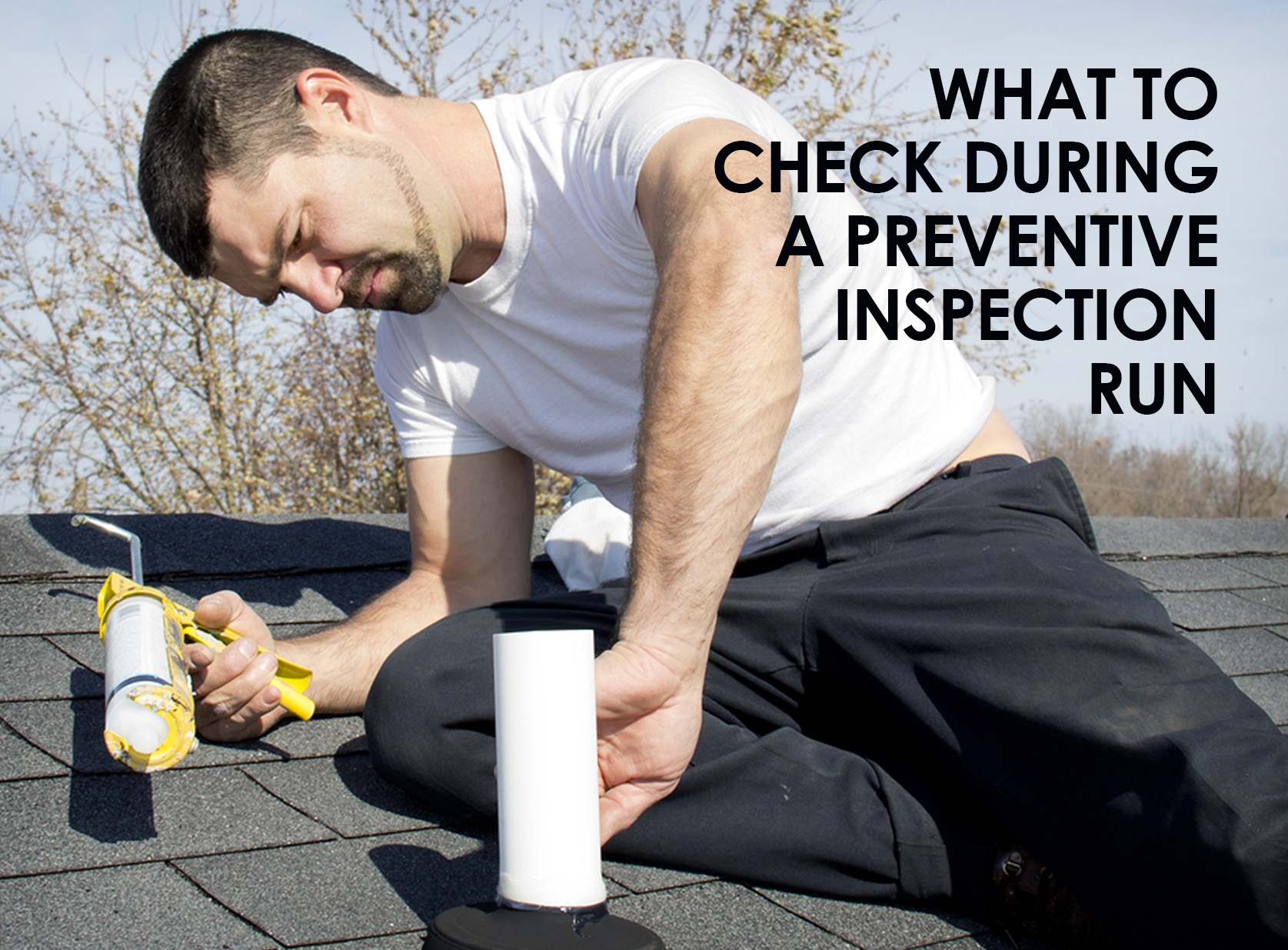Even the strongest and highest-quality roof has some form of weakness. If not inspected regularly, this weakness can compromise the roof, slowly but surely destroying the entire roof assembly. If you have been putting off having your roof inspected, then you should seriously consider having it done sooner rather than later.

During an inspection, certain things should be looked at. In this post, we discuss the signs and symptoms of roof damage you need to look out for, as well as the specific roof components that should be carefully checked. Additionally, we talk about why inspection matters when deciding between roof repair and replacement.
Signs and Symptoms of Roof Damage to Look Out For
The goal of roof inspection is to find roof damage in order for the professionals to provide appropriate solutions. Here are some of the signs that a roof is damaged:
-
Buckling, and curled shingles
-
Missing shingles
-
Damage around roof valleys
-
Shingle granules in the gutters
-
Sagging or damaged gutters
Roof Components to Inspect
To find the signs listed above, the roof inspector will have to perform both an interior and exterior check.
The best place to begin inspecting is inside your home, particularly in the attic if you have a sloped roof. Some of the things to look for inside the home are the following:
-
Areas where the roof deck is sagging
-
Signs of water leaks and damage
-
Water stains or dark spots
-
Daylight peering through roof boards
Meanwhile, here is a list of what needs to be checked on the outside:
-
Flashings. These are the metal components that cover interruptions in the roof surface, particularly from penetrations such as chimneys and vents. If they are damaged or missing, your roof could be subject to further damage.
-
Shingles. Signs of shingle damage and aging, such as loss of granules, curling, buckling, and warping should be noted.
-
Drainage. Proper installation and positioning of gutters and downspouts should be checked.
-
Other important aspects. You should also check out for signs of moisture, mold, and rot. Made sure that all bath, kitchen, and dryer vents go all the way outside the home, not just into the attic.
Repair or Replace: The Decision Lies in the Inspection
Deciding between roof repair and replacement can only be done after a thorough inspection. Just because your roof is leaking, doesn’t necessarily mean you should have it stripped down. Inversely, just because a roof seems okay doesn’t necessarily mean that it is in great condition. Routine roof inspection should be taken seriously because only then would you know if your roof is suffering any form of damage.
In the next post, we discuss who should perform roof inspections – do you need a pro to do it? Stay tuned for more!


 Home
Home
